Family History Episode 29 – Immigration and Naturalization Records for Family History, Part 1
Family History: Genealogy Made Easy Podcast
with Lisa Louise Cooke
Republished April 29, 2014

with Lisa Louise Cooke
https://lisalouisecooke.com/familyhistorypodcast/audio/fh29.mp3
Download the Show Notes for this Episode
Welcome to this step-by-step series for beginning genealogists—and more experienced ones who want to brush up or learn something new. I first ran this series in 2008-09. So many people have asked about it, I’m bringing it back in weekly segments.
Episode 29: Immigration and Naturalization Records for Family History, Part 1
In this podcast episode, one of my favorite experts talks about one of my favorite topics: immigration and naturalization records. Stephen Danko, PhD is a genealogy lecturer and a very popular blogger. In this episode he’s helping U.S. genealogists cross the pond through the use of immigration and naturalization records. He’ll talk to us about the challenges we’ll face in locating these records—and some documents you may not even know existed: certificates of arrival.
In the next episode, we’ll continue our conversation with a discussion of Departure Passenger Lists. Departure information from European ports is often available on microfilm at the Family History Library, on Ancestry.com or other websites. Some of the passenger steamship lines themselves kept departure lists, like the White Star Line or the Red Star Line, and these are on microfilm.
Here are my favorite tips from the episode:
Once you find an ancestral hometown, use Stephen Morse’s advanced search tools (see below) to look for others who arrived from the same place. This can help you identify other relatives, friends and others who part of a group or chain migration.
Usually we start with the most recent records and work backward. But when we look for immigration and naturalization records, look FIRST for immigration papers. THEN look for naturalization papers they may have filed later. You know they arrived—but not every immigrant naturalized, and their naturalization papers may have been filed in multiple places and may not be indexed.
Beginning in 1926, applicants for naturalization who arrived in 1906 or later had to be issued a certificate of arrival. These certificates were issued after their names were confirmed by the government on the original passenger lists. Between 1926 and 1943, information about certificates of arrival was noted on the original passenger lists.
The certificate of arrival information helps you in two ways:
- The date tells you about when they applied for naturalization
- The first part of the certificate number is the naturalization district (Northeast, Midwest, West coast, etc), to help you narrow down where to look.
Anything that helps you narrow down a search for naturalization records helps!
Updates and Links
About 70 million immigration and naturalization records have been indexed in recent years through an enormous community indexing project led by FamilySearch. Check out their site (below) to see what records are searchable now.
FamilySearch.org Immigration and Naturalization Online Resources
One-Step Webpages by Stephen P. Morse (Ellis Island Search Tool)
Thousands of Irish Genealogy Records New This Week!
If you’re looking for Irish ancestors, you’ll be delighted by all the new Irish record collections added this week! Also in this week’s new and updated record collections are court records and newspapers for Australia, parish records and more for England, millions of new Dutch records, South African probate records, and digitized newspapers across the United States.
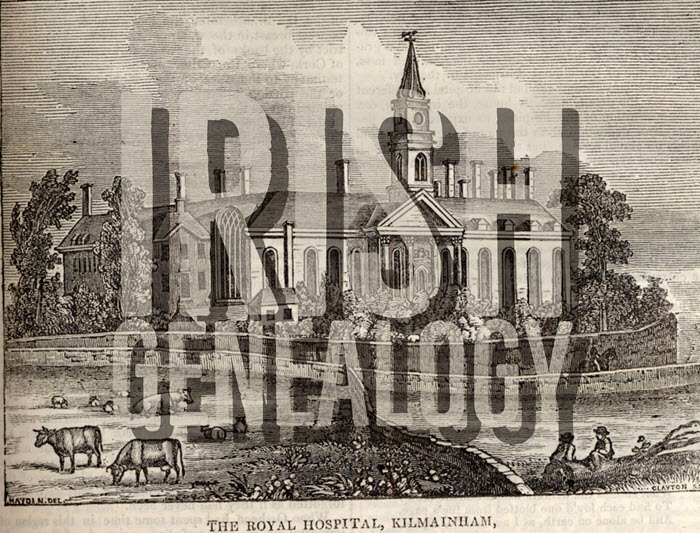
Irish Genealogy: Thousands of New Records
If you have ancestors from Ireland who received an army pension between 1724 and 1924, you’ll want to explore Fold3’s new collection of Royal Hospital Kilmainham Pensioner Discharge Documents. This collection is made up of certificates of pensioners of the Royal Kilmainham Hospital in Ireland. According to the collection: “For each record, details given include, where available: a brief description of the pensioner together with age, place of birth, particulars of service and the reason for discharge.”
New this week at Findmypast are Dublin Electoral Rolls. This new collection contains more than 427,000 transcripts and pertains to eligible voters located in the city of Dublin between 1908 and 1915. (FYI: You can also search Dublin City Electoral Lists 1908-1915 and other records for free from the Dublin City Council’s Civil Records webpage.)
Lastly, Irish records got a big update over at the Irish Genealogical Research Society (IGRS): 5,000 records have been added to IGRS’s Early Irish Birth, Marriage, and Death Indexes. This brings their total number of names to almost 260,000. From the announcement: “This particular update draws from a range material: surviving 19th century census records; marriage licence indexes; pre-1922 abstracts from exchequer and chancery court records; memorial inscriptions; biographical notices from newspapers; a large number of long forgotten published works on particular families and places; and memorials from Ireland’s Registry of Deeds.”
New Resources for Australia
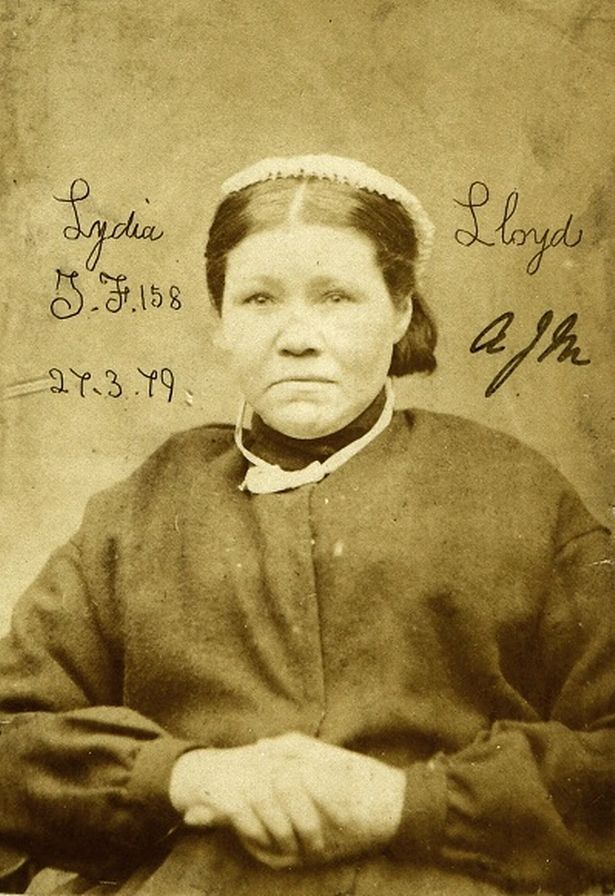 A fascinating new free website, Tracing London Convicts in Britain & Australia, 1780-1925 allows “genealogists and family historians to discover the fate of ancestors convicted of crimes and transported overseas.” This new website allows you to search millions of records from around fifty data sets, relating to the lives of 90,000 convicts from the Old Bailey. Pictured right: Lydia Lloyd, a Victorian era convict. (Image: The National Archives UK ref. PCOM4/71/6 (image 00001))
A fascinating new free website, Tracing London Convicts in Britain & Australia, 1780-1925 allows “genealogists and family historians to discover the fate of ancestors convicted of crimes and transported overseas.” This new website allows you to search millions of records from around fifty data sets, relating to the lives of 90,000 convicts from the Old Bailey. Pictured right: Lydia Lloyd, a Victorian era convict. (Image: The National Archives UK ref. PCOM4/71/6 (image 00001))
From the State Library of New South Wales Australia: The Lone Hand (1907-1921) newspaper has been digitized and made available through Trove. “Modelled on the London Strand and founded by J.F. Archibald and Frank Fox, The Lone Hand was a monthly magazine of literature and poetry, with illustrations by significant Australian artists of the time.”
England: Parish & Court Records
Ancestry.com has two new collections this week for England. Staffordshire Extracted Church of England Parish Records, 1538-1839 includes records for baptisms/christenings, burials, marriages, tombstone inscriptions, obituaries, tax lists, wills, and other miscellaneous types of records for Staffordshire, England. Also included are some records from non-conformist churches. Extracted Parish and Court Records, 1399-1795 is a collection of historical parish registers throughout England.
Also new for England, TheGenealogist has added over 1.1 million individuals to its Sussex County parish record collection. This update includes 717,000 baptisms, 213,000 marriages, and 208,000 burials.
Over at Newspapers.com, The Atlas newspaper has now been digitized. The London area paper operated from 1826 to 1869, and comprised a mixture of national and international social and political news, along with literary, theater, and music reviews. Another new newspaper available online is The Worthington Herald, from 1920-1959 in Worthington, West Sussex, England.
Millions of Dutch Records
FamilySearch has recently published millions of Dutch records (51 million to be exact) from the Netherlands, making it easier than ever to trace your Dutch roots. These new records have increased FamilySearch’s collection of Dutch names from 4,074,736 to over 55 million. From the collection description: “Archives around the Netherlands have contributed indexes which cover many record sources, such as civil registration, church records, emigration lists, military registers, and land and tax records.” Click here to search the collection.
South Africa Probate Records
New at FamilySearch: South Africa, Cape Province, Probate Records of the Master of the High Court, 1834-1989. This impressive collection is comprised of over 155,000 indexed records and 1.1 million digitized images! The original records are located in the Cape Archives Depot, Cape Town.
United States Newspapers
California. The Cal Poly University student newspaper has been digitized in honor of their 100 year celebration. 75,000 pages from 7,138 issues are now fully searchable online, thanks to optical character recognition (OCR) technology. Click here to explore the database.
North Carolina. Saint Mary’s Student School Newspaper, The Belles, is now online. Dating back to 1936 through 1995, the paper gives a good look into the viewpoint of North Carolina teen women over a 60 year period.
New Mexico. Now available at Newspapers.com is the Albuquerque Journal, with issues dating back to 1882. Almost 2 million pages are available to browse by date.
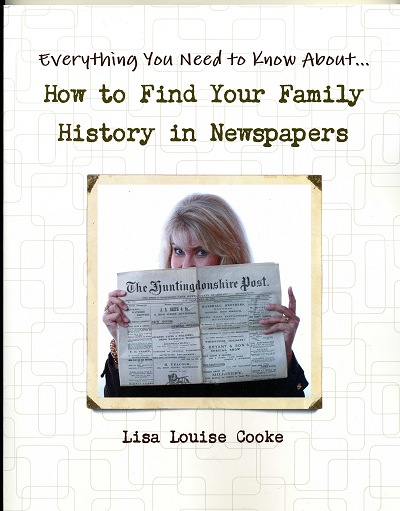
There’s a wealth of information about your ancestors in newspapers! Lisa’s book, How to Find Your Family History in Newspapers, provides you with a foolproof research process for discovering them, and is stuffed with everything you need for genealogical success. Available in both print and ebook formats, you’ll get step-by-step instructions, worksheets, tons of free online resources, case studies, and more!
Disclosure: This post contains affiliate links and Genealogy Gems will be compensated if you make a purchase after clicking on these links (at no additional cost to you). Thank you for supporting Genealogy Gems!
Genealogy Gems Podcast Episode 233
Genealogy Gems Podcast Episode 233
with Lisa Louise Cooke
September 2019
Listen now, click player below:
;
Please take our quick podcast survey which will take less than 1 minute. Thank you!
In this Episode
Today we’re going to take a look at what so many records and record collections have in common: they are often Lists. Now that may sound pretty straight forward, but there’s a lot more to Lists than meet the eye.
A list of names, places or other information has a lot to tell us and can be used in unique ways. Professional genealogist Cari Taplin joins me in this episode for a conversation about what is so lovely about lists.
My Summer Vacation
If you’ve been following me on Instagram – you can find me here on Instagram or by searching for genealogy gems podcast in the free Instagram app – then you know that I’ve spent a bit of my time this summer getting a taste of some of the work many of my ancestors did and probably that many of your ancestors did: farming.
Bill and I have a close friend who owns his grandfather’s 1904 homestead in North Dakota. A few years back Bill went up there to help them open it back up and get things up and running. This year we helped them harvest their crop of oats. (They even have a sign in the field that says, “These oats will grow up to be Cheerios”)
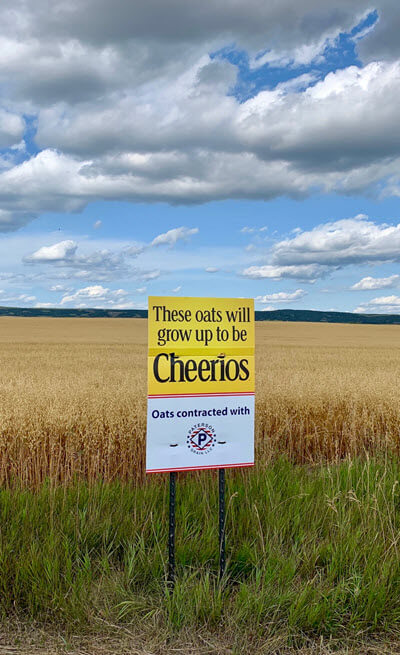
Of course, we used equipment that our ancestors may not have had. I learned to drive the combine, and I turned the field with the tractor. But in many ways, things haven’t changed all that much.
One of the things that really struck me was how the farming community out there pulls together.
Now to put this in perspective: the 240-acre homestead is about two miles down a dirt road from Canada. The house has fallen into disrepair over the decades, so our friend bought an old farmhouse in the nearby town where he grew up. That town has a population of just over 50 people!
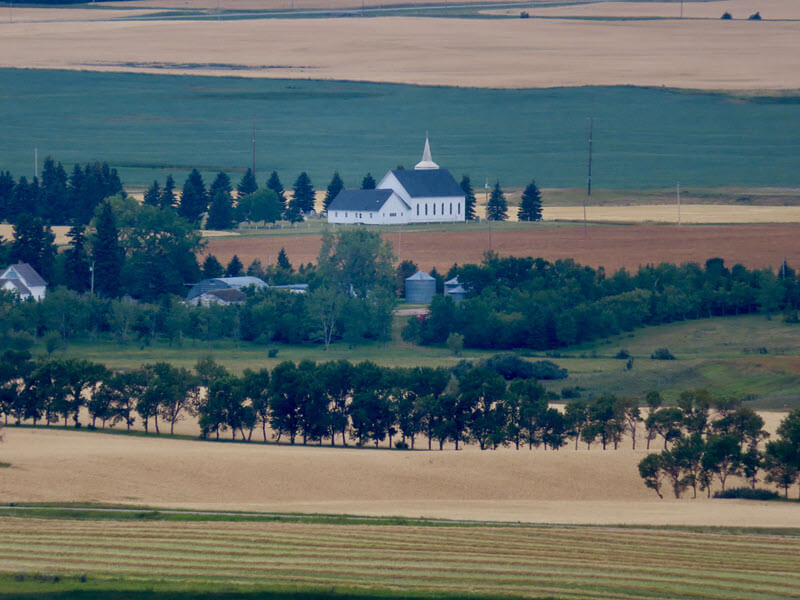
North Dakota farmland. Photo Credit: Lisa Louise Cooke, Genealogy Gems
So, we’re talking about a pretty remote location, and folks are scattered on various farms miles apart. But when a tractor was in need of repair, within the hour a neighbor would be pulling up ready to crawl under it alongside our friend to work on it till it was fixed. When a piece of equipment was needed that he didn’t have, it would soon be rolling down the road from a neighboring farm to pitch in.
Everyone had one eye on the sky at all times to watch the ever-changing weather, and there was such a commitment by all to make sure no neighbor was left with unharvested crops before a storm hit.
So even though the combines of today are motorized massive machines with air conditioning and stereos, the work ethic, the commitment and the community was unchanged from when his granddad first filed his homestead claim. Bill and I felt really blessed to be a part of it.
Think of us next time you eat your cheerios.
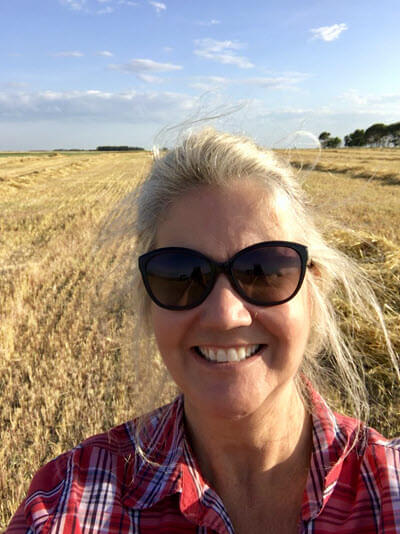
Farm selfie

MyHeritage.com is the place to make connections with relatives overseas, particularly with those who may still live in your ancestral homeland. Click the logo above to get started.
GEM: Interview with Cari Taplin
If you’ve been doing genealogy for any length of time, then you have probably encountered a list. They come in all shapes and sizes, and at first glance they may seem very straight forward.
Cari Taplin, a certified genealogist out of Pflugerville, Texas, says it’s worth taking the time to really examine lists carefully because there may be more there than meets the eye.
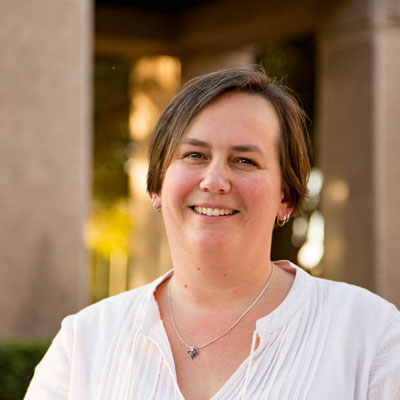
Cari currently serves on the boards of the Association for Professional Genealogists and is the Vice President of Membership for the Federation of Genealogical Societies. As the owner of GenealogyPANTS, she provides speaking, research, and consultation services, focusing on midwestern and Great Lakes states and methodology.
Types of Lists
Nearly every time we sit down to do genealogy research we run into a list. There are loads of them out there. Here’s just a starter list of the lists you might run into:
- indexes of any kind
- city directories
- tax lists
- petitions
- censuses
- church membership
- members of a club or society
- fraternal organization member lists
- community groups
- committees
- lists in newspapers like hotel registrations, letters at post office
- hospital admittances and discharges
- cemetery books
- event participants
- jurors
- estate sales
- militia rolls
- voter lists
- land lottery winners
- school class lists
- yearbooks
- agricultural lists
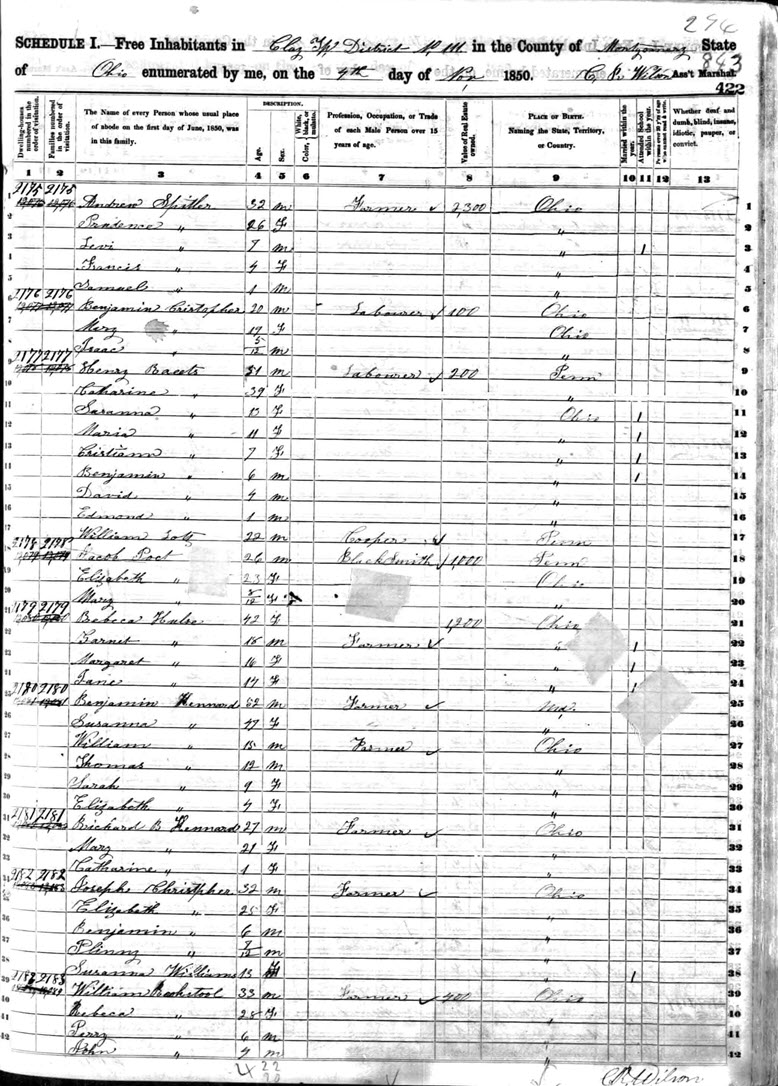
Census records are examples of lists
Significance of List Construction
Of course, not every list is alphabetically organized by any means. We might run into a list of prison inmates listed by number, or burial sites listed by plot or location. The information can be organized in many different ways.
Cari says that the way the list maker decided to organize the list tells us a lot about the information.
For example, a list that is alphabetized might be an indication that it is a recreated list. Other ways that lists may be constructed include chronologically or by location.
Here are follow up tasks you can do:
- Evaluate for potential error
- Locate the original source
List Explanation or Instructions
Understanding the thinking behind how the list was constructed is also important.
The U.S. Federal Census is a great example of a list that has other background documents such as the enumerator instructions. We don’t see these instructional documents unless we go looking for them. The instructions provide background on the creation of the list, and that can help us get more out of it.
Research Tip: Measuring America: The Decennial Censuses From 1790 to 2000. From that page you download the PDF of enumerator instructions.
Here’s an example of how understanding the census enumerator instructions can help you better understand how to interpret it:
In 1900 the census was answered as if it were a particular day. This means that if someone died a few days later, they may still be listed as alive in the 1900 census. If you know that they died that year, you now have more information that it was after the enumeration date.
Genealogy websites like Ancestry, FamilySearch and MyHeritage often provide background on the creation and purpose of their record collections.
Tax List example: there are laws behind them. Look up the statute. Google to find summations of tax laws at the time. Keep in mind that they might be in order of location.
When analyzing a list, ask yourself the following questions:
- What was this list created for?
- Why is it in this order?
- What does that then tell me about these people?
What’s we’re really talking about is educating ourselves
so that we’re not contributing to the errors that get out there.
It’s an investment in accuracy.
Context
It can be tempting to just scan the list, grab your ancestor out of it, and move on. But if we do that, we could be leaving a lot of genealogical gold behind.
“Evidence mining requires attention to detail, including details that might initially seem insignificant.” ––BCG, Genealogy Standards, #40, p. 24
Here are some ideas as to what we should look for:
- Sometimes it’s just a name (example: petition lists)
- There might be columns at the top – pay attention to those details for more understanding
- Other people in the list: the FAN Club (Friends, Associates, Neighbors.) Look for those names in other documents.
Organizing Your Research and the Data Collected from Lists
Cari uses spreadsheets to organize her genealogical research project data.
Come of the benefits of using a spreadsheet are that you can:
- easily sort the data
- easily manipulate the data
- visualize the data in different forms
Free Download: Read How German Address Books at Ancestry.com are Helping Bust Brick Walls and download the free spreadsheet template.
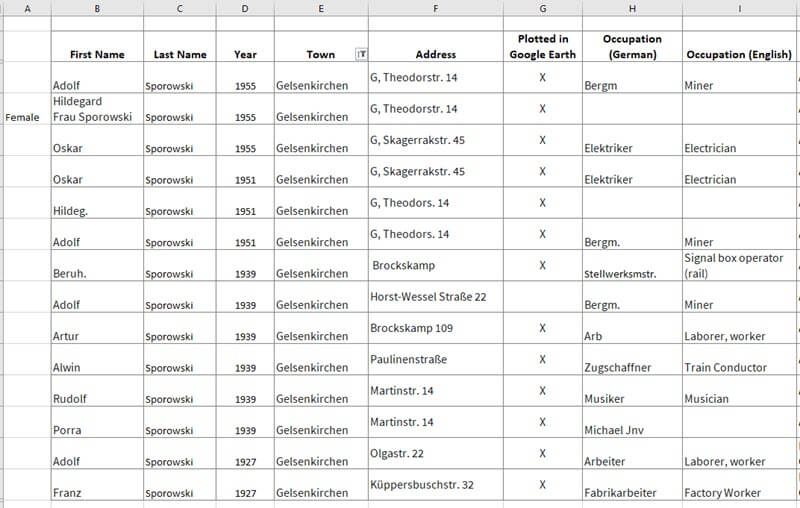
Addresses found in German Address Books marked in the spreadsheet
Explore the Bigger List
Often times you do a search, and you find a single record. But that single record is actually part of a massive internal list, an indexed list from which the search engine is pulling.
An example of this is when you run a search for your ancestor at the Bureau of Land Management website (BLM). After finding your ancestor’s record, you can then run a search by that land description to find other people who owned land and possibly lived nearby.
Watch the FamilySearch video on the batch search technique that Lisa mentioned.
What Constitutes Proof?
“Evidence mining requires attention to detail, including details that might initially seem insignificant.” – BCG, Genealogy Standards, #40, p.24
Review the Genealogical Proof Standard in the show notes for Genealogy Gems Podcast episode 232.
2 men with 1 name
When everyone in the family wants to name their children after Grandpa, you can end up with a lot people in a county with the same name. You need to tease them apart.
Questions to ask:
- Who did they associate with?
- Who were their siblings?
- Where were each of them located?
All of these things can help differentiate them. A spreadsheet is an excellent tool for this.
The Yearbook List Example
Very often the list of names is the full list of students. However, not every student necessarily had their photo taken. Count the names and then count the photos to verify you have the right person. Search the Ancestry Yearbook collection to try and find another photo of the person to compare.
Cari’s Main Message
Don’t skip over a list because it’s lacking some identifying information. You still need to record it. You may come back to it one day!
Visit Cari Online: Genealogy Pants
Profile America: The Gregorian Correction
Wednesday, September 11th. This was a day that didn’t exist in Colonial America in 1752, as the familiar calendar underwent what is called the “Gregorian correction,” switching from the ancient Julian calendar to adjust for errors accumulated over centuries.
After September 2nd, the next day was September 14th. The British parliament’s Calendar Act of 1750 had also changed New Year’s Day from March 25th to January 1st. As a result, the year 1751 had only 282 days. Since then, with leap years built in as in 2020, the calendar has remained constant.
Sources:
Calendars timeline, accessed 6/6/2019
Calendar Act
Calendar riots
Printing services, County Business Patterns, NAICS 32311
Printing employment, Annual Survey of Manufacturers, NAICS 32311
News: Watch Lisa’s new MyHeritage Education Center
Visit the MyHeritage Education Center to watch videos and read article to help you get more out of using MyHeritage. Watch the presentation at the MyHeritage Education Center: How to Find Your Family in Newspapers with SuperSearch
Download the Show Notes PDF in the Genealogy Gems Podcast app.

